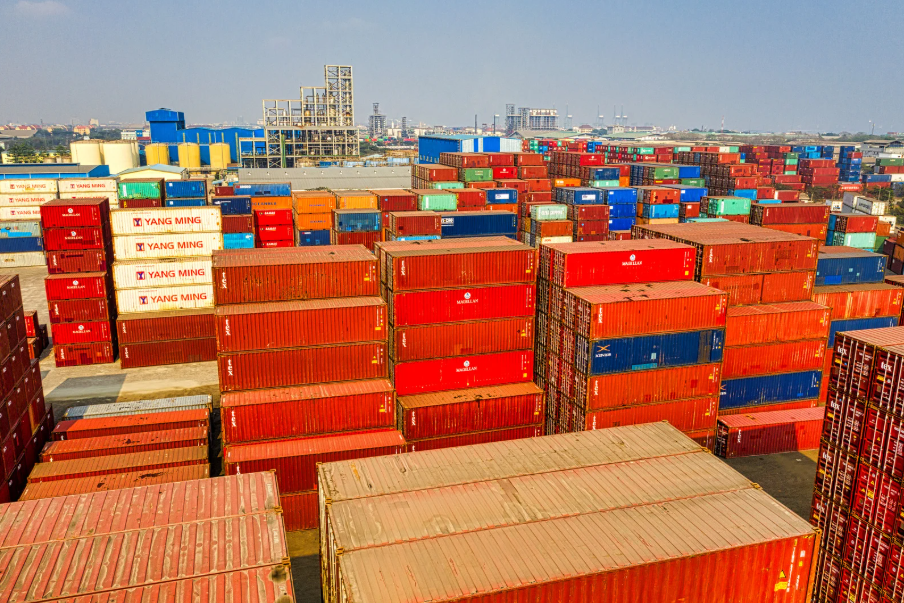Date first published: 21/10/2025
Key sectors: all
Key risks: business risks; economic risks; trade frictions; supply chain disruption
Risk development
On 10 October United States (US) President Donald Trump announced that he would impose an additional 100 per cent tariff on Chinese imports and introduce export controls on all critical US-made software, starting on 1 November. The new measures came in response to Beijing’s tightening of export rules on rare earth minerals on 9 October. Trump’s remarks rattled financial markets, with the S&P 500 falling 2.7 per cent overnight – its sharpest decline since it fell by approximately 12 per cent from 2 to 8 April. Negotiations between US and Chinese trade officials were confirmed on 18 October to take place “in the coming weeks”, an exact date for a summit between Trump and Chinese President Xi Jinping remains uncertain.
Why it matters
The return of tariff measures on China signals a growing desire by Washington to curtail Beijing’s dominance over the rare earths industry and supply chain. China currently controls an estimated 70 per cent of rare earth material production and 90 per cent of rare earth refinement capability. While these efforts have triggered a return in steep tariff rates placed on goods from Beijing, they have created space for other opportunities for the US’ allies – particularly Australia. On 20 October Canberra signed a US$8.5bln deal with Washington to develop Australia’s rare earth mining and processing capabilities, further consolidating rare earth supply chains to US allies.
The tariffs are additionally likely to negatively impact the economies of both the US and China. On the US side, tariffs have caused increased costs for both businesses and consumers, while resulting in limited gains for US manufacturing jobs, offset by losses in other industries such as agriculture and retail. In China, a downturn in orders from the US triggered widespread unrest at factories throughout March as workers were left with unpaid wages, with an estimated 16 million jobs potentially at risk.
Background
On 12 May the Trump administration eased tariffs on China from a peak of 145 per cent down to 30 per cent, with a 90-day tariff pause announced on 11 August for trade negotiations to continue. 7 October US lawmakers advocated for expanding bans on the export of chipmaking tools to Beijing. Washington’s House of Representatives Select Committee on China cited national security concerns and loopholes within regulations allowing non-US chipmaking equipment manufacturers to sell products legally to Beijing, while US manufacturers currently cannot. On 8 October Beijing responded by further tightening the export of both rare earth minerals and the technology required to refine them. While China’s Commerce Ministry stated that sending materials and technology to most firms would be approved on a case-by-case basis, it would not approve any export licences bound for foreign defence firms.
Risk outlook
A re-emergence of risks on both sides of the Pacific cannot be ruled out if Beijing and Washington fail to re-establish normalised trade relations. While discussions between Chinese and US trade officials are likely to be held in the coming weeks, an exact date for these talks – or for a meeting between Trump and Xi – has not yet been confirmed. Trade talks between leading officials are most likely to be held in Malaysia during the annual ASEAN Summit from 3 to 5 November. However, direct talks between Trump and Xi are more likely to take place during the APEC Summit in South Korea from 31 October to 1 November.

